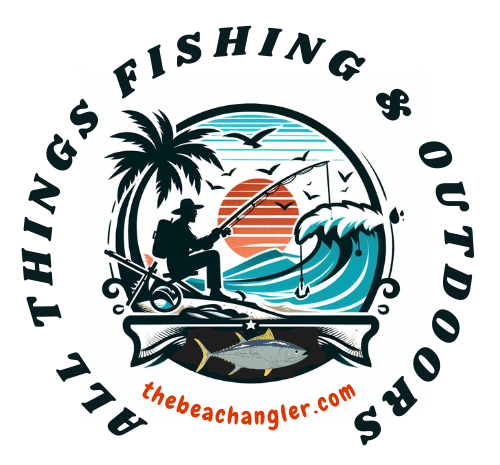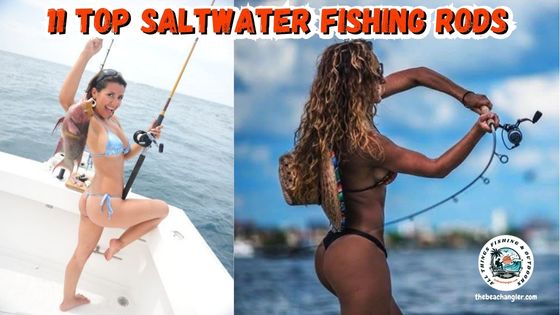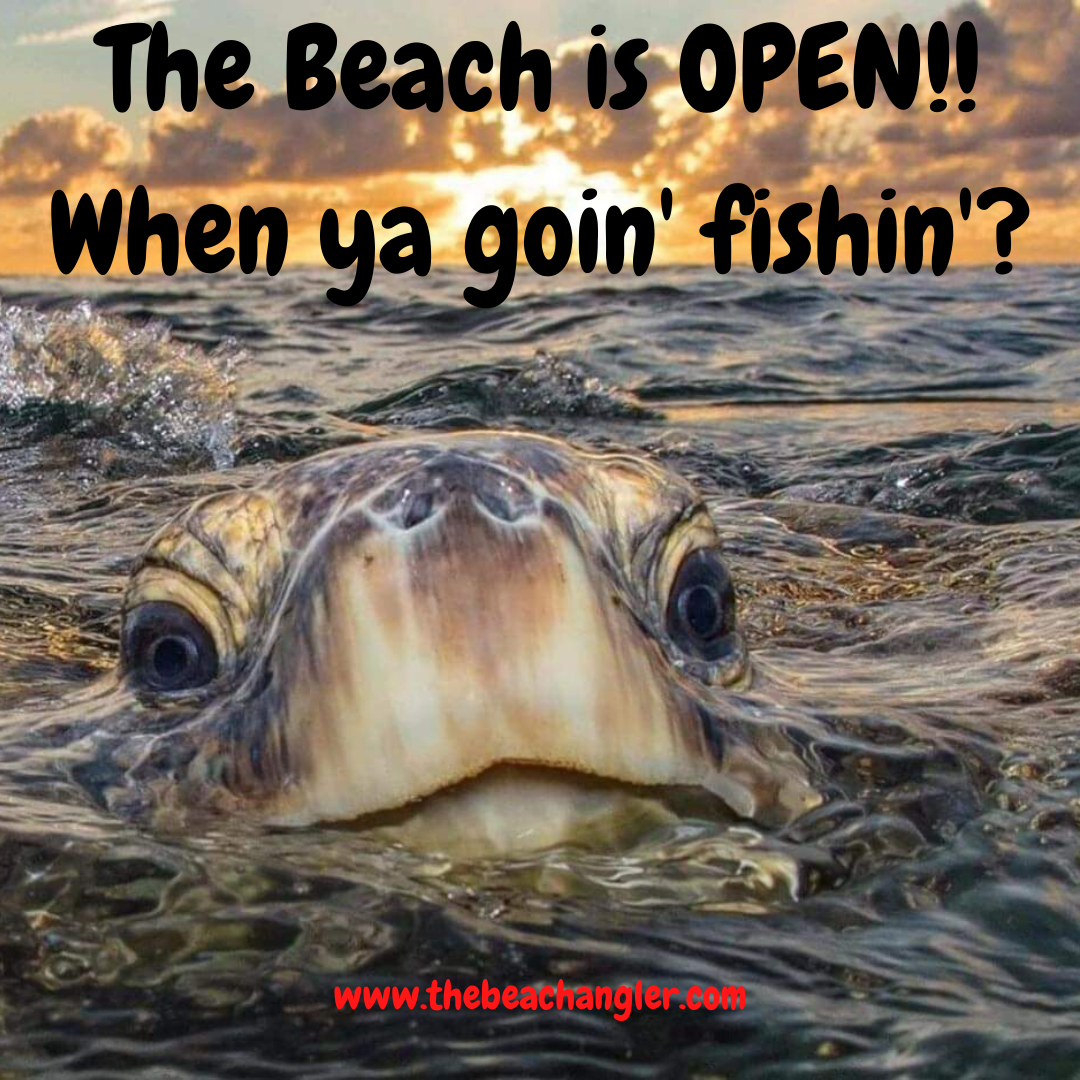Saltwater fishing isn’t your casual Sunday fishing trip at your local pond. It’s an adventure that throws bigger fish, tougher conditions, and a harsh environment your way right from the start. That’s why your gear, especially your saltwater fishing rods, needs to be up for the challenge.
QUICK LOOK
Saltwater fishing rods come in a wide variety of sizes, actions, and materials each designed to match a specific type or style of saltwater fishing. Everything from inshore, offshore, surf fishing, and pier fishing. No matter what type of saltwater fishing you’re into, there is a saltwater fishing rod perfect for it. When selecting a rod for saltwater fishing, consider the following:
- Consider your fishing environment. Whether you’re casting from the beach, dropping a line off a pier, or heading out into deeper waters, there’s a specific rod that’ll best suit your needs.
- Think about the fish species you’re targeting. Light rods for smaller fish, medium rods for versatile applications, and heavy rods for the big fights.
- Budget matters, but so does quality. As a beginner, you might start with a more affordable option. They offer solid performance without draining your wallet. For seasoned anglers, investing in high-quality rods can provide better sensitivity, durability, and overall experience.
Picture this: you’re battling a hefty redfish on a sunny Florida shoreline, or deep-sea fishing for grouper off the coast. Your rod needs to handle not only the weight and strength of these fighters but also resist rust and corrosion.
Saltwater rods are engineered to stand up to such rigorous conditions, giving you the strength and reliability you need to bring in that record catch. Different types of saltwater fishing like surf fishing, pier fishing, offshore fishing, and inshore fishing, all have their unique demands on your gear.
Each style demands a specific type of rod with unique characteristics designed to perform best in that particular environment. Surf fishing rods need length for casting out far beyond the breakers. Pier fishing rods should offer durability and strength to lift fish up and over the rail.
Offshore rods must be powerhouses to tackle large game fish, while inshore rods need finesse and responsiveness for species like speckled trout. Using the wrong rod can make your fishing trip a struggle, so it’s essential to pick one designed for your specific needs.
Key Features to Look For in Saltwater Fishing Rods
Selecting saltwater fishing rods involves understanding several key features. Your choice can make or break your fishing experience, so let’s break down what you need to know.
- Starting with material, you have a few options: graphite, fiberglass, and composite rods. Graphite rods are lightweight and sensitive, ideal for detecting bites. Fiberglass rods are incredibly durable, perfect for battling big game fish. Composite rods combine benefits from both, offering a balance between toughness and sensitivity—great for various fishing styles.
- Rod length matters, too. Longer rods, typically used for surf fishing, help you cast further out into the water. Shorter rods, on the other hand, give you more control, which is handy for pier or inshore fishing where precision and maneuverability are crucial.
- Next up, power and action. Power refers to the rod’s strength—categorized as light, medium, or heavy. Light rods suit smaller fish, medium for versatile use, and heavy for large species. Action describes how much and where the rod bends.
Fast action rods bend near the tip, giving you quick hook sets and better sensitivity. Medium and slow action rods bend more, suitable for fighting bigger or more agile fish. Don’t overlook line weight and lure rating.
Your rod’s rating should match your targeted fish species. Using a rod suited for lighter lines and lures when going after big fish risks snapping your line or even breaking your rod. Lastly, corrosion-resistant components are vital.
Saltwater is brutal on gear, so look for rods with guides and reel seats made from stainless steel, titanium, or ceramic. These materials resist rust and keep your rod in top condition longer.
Best Saltwater Fishing Rods for Different Styles
Finding the right rod means matching it to your style of fishing. Let’s break down the best rods for surf fishing, inshore fishing, offshore fishing, and pier fishing, so you know exactly what to look out for when gearing up.
Surf Fishing Rods
- Tsunami Airwave Elite Surf Spinning Rod: This beauty is lightweight but doesn’t sacrifice durability. Its long casting ability makes it perfect for landing big species like striped bass and redfish from the shore.
- Okuma Solaris Surf Fishing Rod: Known for its strength and sensitivity, this rod excels in tough surf conditions. It’s designed to cast long distances, making it a favorite among surf anglers.
- St. Croix Triumph Surf Spinning Rod: With a high-quality build, it’s great for both beginners and experienced anglers. Its durable graphite construction and corrosion-resistant components ensure it stands the test of time.
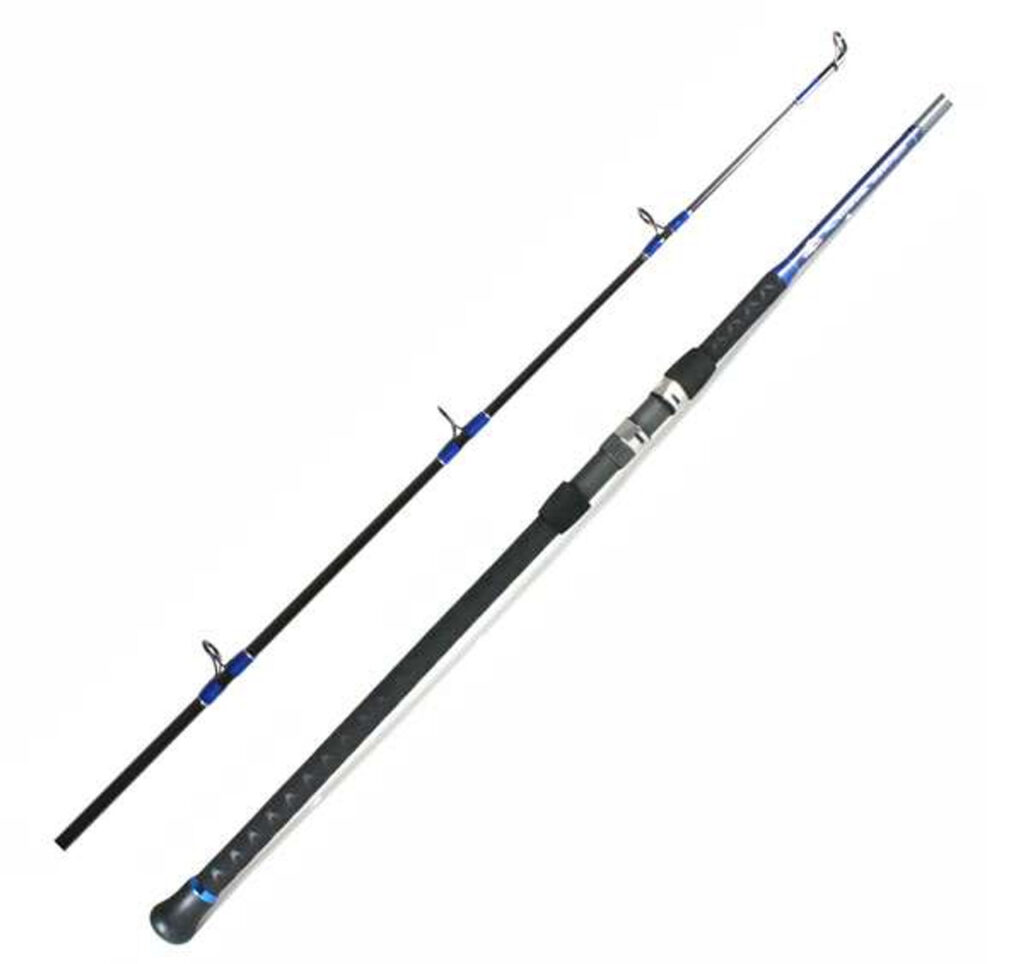


Inshore Fishing Rods
- Ugly Stik GX2 Spinning Rod: This rod is a classic for a reason. It’s durable and budget-friendly, making it ideal for beginners. Despite its affordability, it’s tough and lightweight, perfect for targeting species like speckled trout and redfish.
- Shimano Teramar Southeast Casting Rod: Combining power and sensitivity, this rod is great for inshore anglers targeting snook, redfish, and flounder. It offers an excellent balance, ensuring you don’t miss a nudge.
- G. Loomis E6X Inshore Rod: For serious anglers, this high-performance graphite rod delivers. It’s light, responsive, and sturdy, handling a variety of saltwater species with ease.
- Abu Garcia IKE Finesse Series Rods: The use of 30-ton graphite blanks with Powerlux 200 resin provides exceptional sensitivity, which is essential when fishing with light baits.
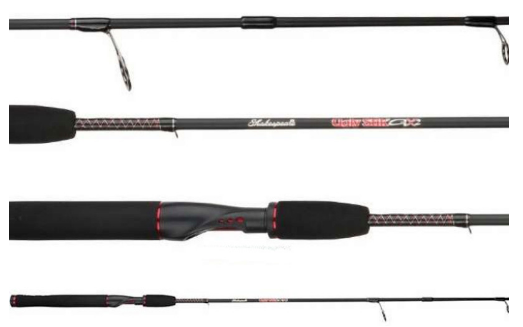
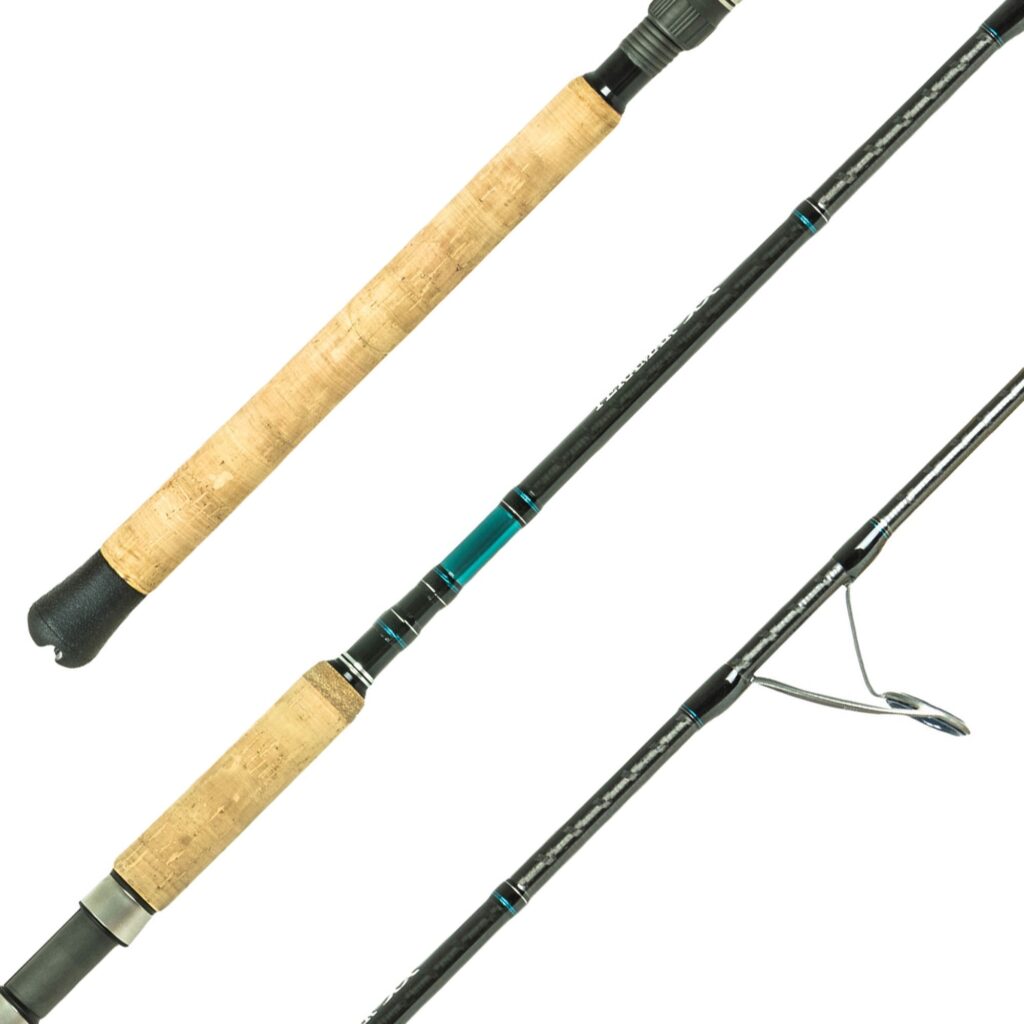
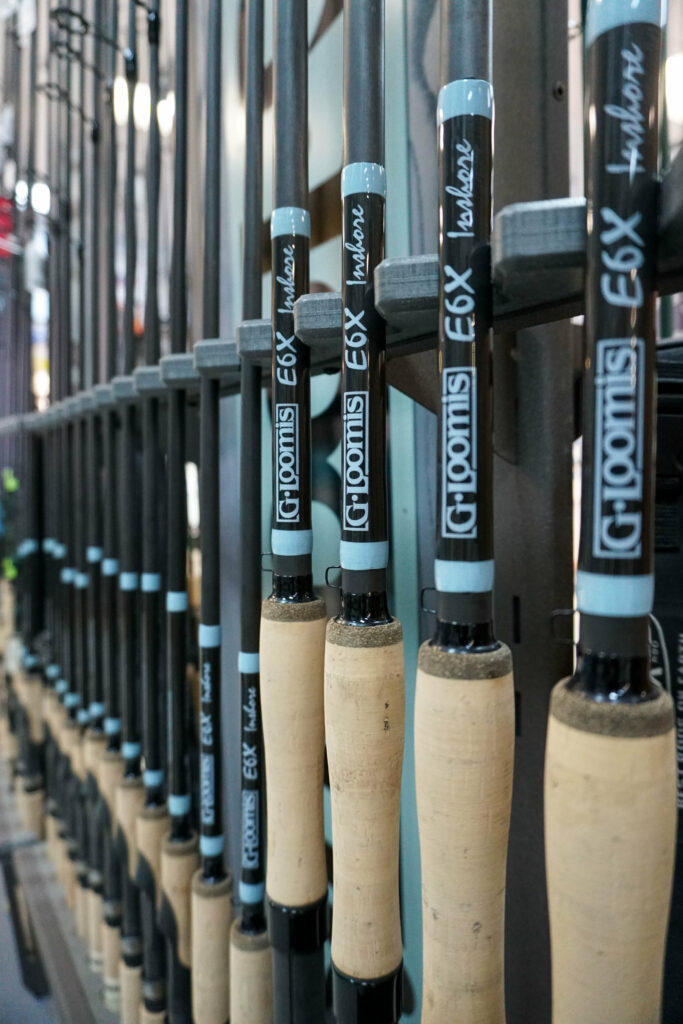
Offshore Fishing Rods
- Penn Carnage II Boat Spinning Rod: Crafted for heavy-duty use, this rod is perfect for tackling large offshore species like tuna and grouper. It’s built to endure high pressure and withstand saltwater corrosion.
- Daiwa Saltiga Jigging Rod: Designed for deep-sea jigging and vertical fishing, this powerful rod targets large fish in deep offshore waters. It’s a go-to for serious offshore anglers.
- Okuma Cedros E-Glass Jigging Rod: Reinforced with E-Glass, this rod offers maximum strength and durability. Ideal for jigging big game fish like amberjack and sailfish, it stands up to the toughest battles.
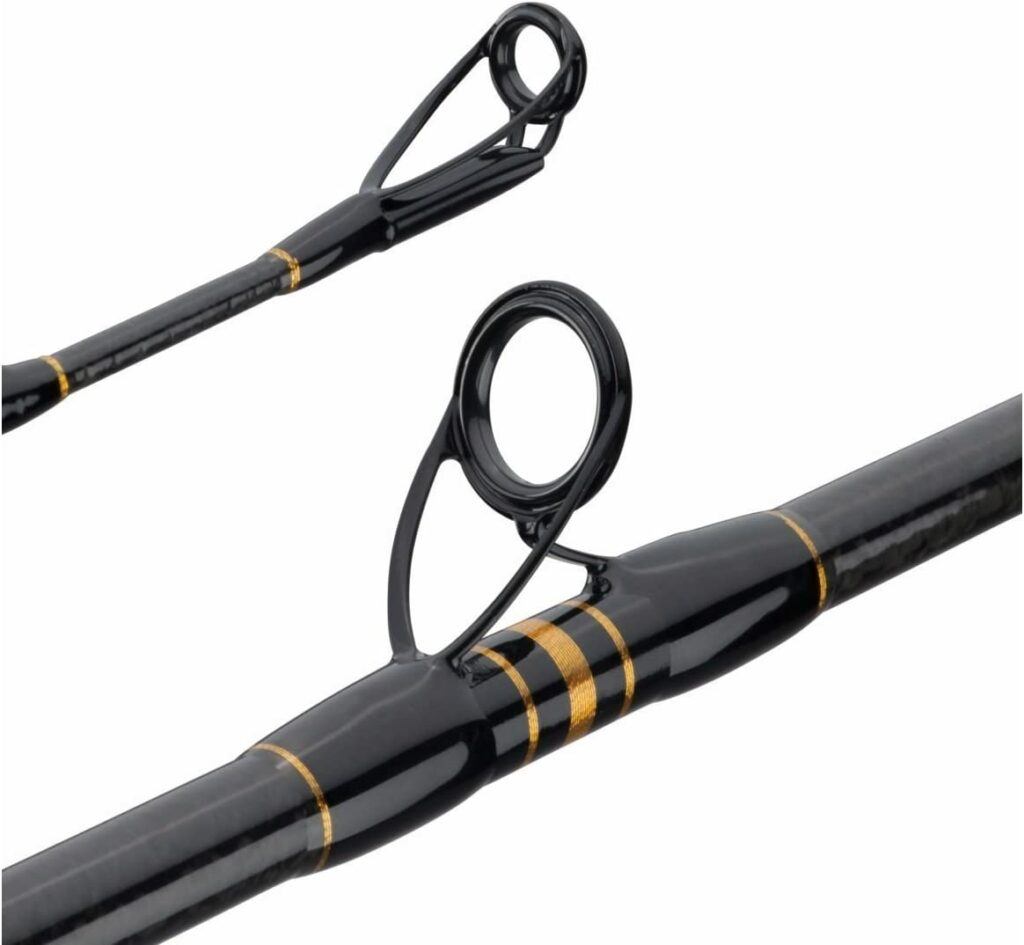


Pier Fishing Rods
- Daiwa Beefstick Pier Fishing Rod: Built for strength and affordability, this rod can handle the bigger fish commonly found near piers. It’s durable, making it a solid choice for harsh saltwater environments.
- Penn Squadron III Surf/Pier Spinning Rod: Versatile and ideal for various saltwater applications, this rod is built with graphite composite for strength and lightweight performance.
- Shakespeare Tidewater Casting Rod: Known for its heavy action, it’s perfect for pulling large species like drum or catfish up from piers. Its affordability and corrosion-resistance make it a reliable option.
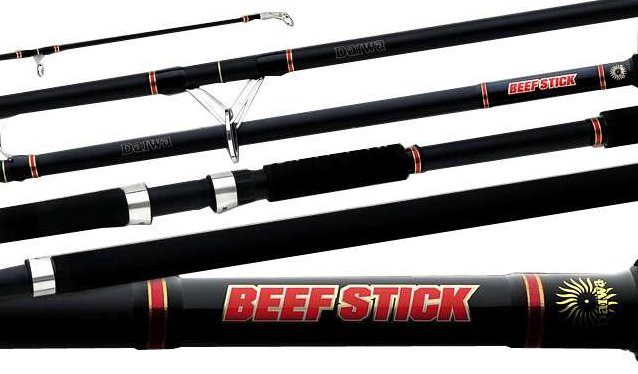
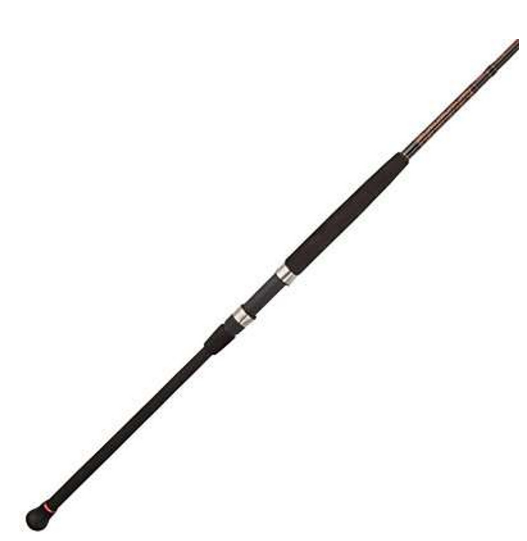

How to Choose the Right Saltwater Fishing Rods for Your Needs
Choosing the right saltwater fishing rods means considering where you’ll be fishing. Are you casting from the sandy shores, dropping a line off a pier, or heading offshore? Each location has different demands.
Shore fishing often requires longer rods for extended casting distances. Pier fishing needs rods that can handle larger fish and provide control in a confined space. Offshore fishing demands heavy-duty rods prepared for the big boys of the deep.
Target species plays a big role in your rod choice. Match your rod power and action to the size and fight of the fish you’re after. For smaller species like speckled trout, a light to medium rod will do the trick.
If you’re going after something big like tarpon or tuna, you’re going to need a heavy rod with backbone. The key is balancing power and action to make sure you’re properly equipped for the fish you’re targeting.
Budget is another factor. Entry-level anglers might start with more affordable rods, which offer good quality without breaking the bank. As you gain experience, investing in high-end gear can enhance your fishing trips.
High-quality rods often offer superior performance, sensitivity, and durability. They’re built to last, saving you money in the long run by not needing frequent replacements. Durability is critical in the harsh saltwater environment.
Salt is notorious for causing corrosion, so look for rods with corrosion-resistant parts like stainless steel, titanium, or ceramic. Regular maintenance like rinsing your rod with fresh water after each trip will help extend its life. Always opt for long-lasting materials and construction, especially if you’re planning to fish often.
Choosing the right saltwater fishing rods involves considering a combination of these factors to match your unique fishing situation. Think about where you’ll be fishing, what you’re targeting, and your budget to find the perfect rod for your needs.
Finding the Perfect Saltwater Fishing Rods
Selecting the ideal saltwater fishing rods is a blend of science, art, and a bit of personal preference. You’ve got the knowledge now about different rod types, key features, and top choices for various fishing styles. All that’s left is putting this into practice.
- First off, let’s consider your fishing environment. Whether you’re casting from the beach, dropping a line off a pier, or heading out into deeper waters, there’s a specific rod that’ll best suit your needs. Use what you’ve learned to make an informed choice.
- Think about the fish species you’re targeting. Light rods for smaller fish, medium rods for versatile applications, and heavy rods for the big fights. Matching rod power and action to your target fish will make your fishing trips more rewarding and enjoyable.
- Budget matters, but so does quality. As a beginner, you might start with a more affordable option. They offer solid performance without draining your wallet. For seasoned anglers, investing in high-quality rods can provide better sensitivity, durability, and overall experience.
- Don’t forget maintenance. Regular cleaning and proper storage extend the life of your rod, keeping it ready for your next adventure. Saltwater gear requires a bit more TLC, but the payoff is a rod that performs well trip after trip.
By blending these considerations, you’ll find a rod that’s perfect for your saltwater fishing needs. Gear up, head out, and make the most of your fishing adventures. Tight lines! Do you have a favorite saltwater fishing rod? Drop it in the comments below and share your experiences with us.
Proper Care and Maintenance of Saltwater Fishing Rods
Taking care of your saltwater fishing rods isn’t just a good habit; it’s essential for keeping your gear in top shape and ensuring it lasts through many fishing adventures. Here’s how to keep your rod in tip-top condition.
- First things first, always rinse your rod with fresh water after each fishing trip. Salt and debris can wreak havoc on your rod, especially metal components. A gentle rinse can make all the difference, removing corrosive elements before they cause damage.
- Inspect your rod regularly. Look for signs of wear and tear like cracks in the rod blank or damage to the guides. If you spot any issues, address them immediately. Replacing a worn guide can prevent bigger problems down the line.
- Proper storage is a must. Keep your rods in a cool, dry place to avoid moisture buildup and warping. Use rod holders or racks to store them vertically or horizontally, but avoid leaning them against walls or leaving them in hot vehicles where they can warp or bend.
- Don’t forget about the reel seats and guides. These components are particularly vulnerable to corrosion. Use a cloth and mild soap to clean them, paying attention to areas where salt may accumulate. Some anglers also use a light coating of reel oil on metal parts to add an extra layer of protection.
- Finally, take apart your rod sections if you’re using a multi-piece rod. Clean the ferrules (the joints where the pieces connect) to ensure a snug fit and avoid any dirt buildup that might cause issues when assembling or disassembling.
Following these care tips can significantly extend the life of your fishing rod, providing you with a reliable tool for all your saltwater fishing adventures. Regular maintenance isn’t just about keeping your gear looking good; it’s about performance and longevity.
Latest Tips on Fishing Gear:
- Winter Surf Fishing On The US West Coast

- 6 Tips to Using Slider Rigs For Surf Fishing

- 9 Winter Surf Fishing Tips For Stripers

- Are Drones Legal For Fishing?

- Bulls And Pomps From The Winter Surf
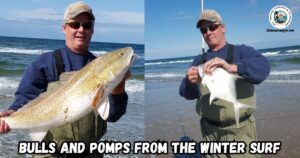
- Tips And Tactics For Wintertime Speckled Trout Fishing
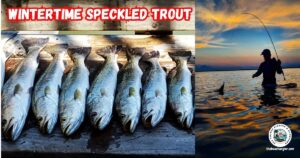
As always, stay safe, enjoy the journey and please try to leave it cleaner than you found it. If you have any comments, questions, ideas, or suggestions please leave them in the comment section below and I’ll get back to you ASAP. You can follow us on Facebook: Rex The Beach Angler, Instagram: thebeachangler7, Twitter: @AnglerBeach, and YouTube: Man Art Creations.
P.S. – Thanks so much for checking out our blog we really appreciate it. Just so you know, we may receive a commission if you click on some of the links that appear on our site. This helps us keep our content free and up-to-date for everyone. We appreciate your support!
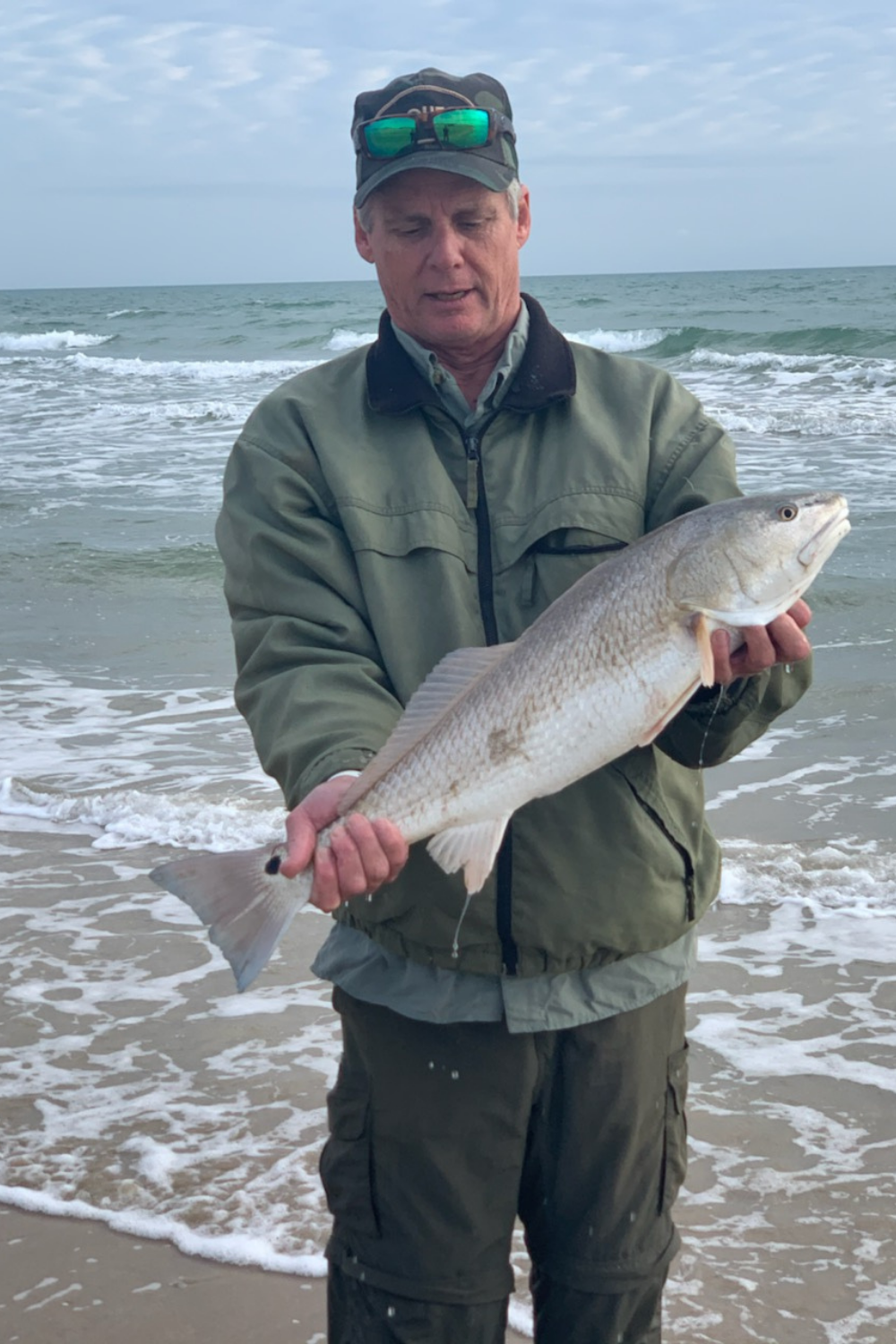
A life long surf fisherman with 50+ years of experience, I am also an avid hunter and outdoorsman. I will be sharing my passion for the outdoors with you so be prepared for hunting, fishing, camping, hiking and more. Along with gear reviews and the latest trends and innovations in the outdoor industry.
